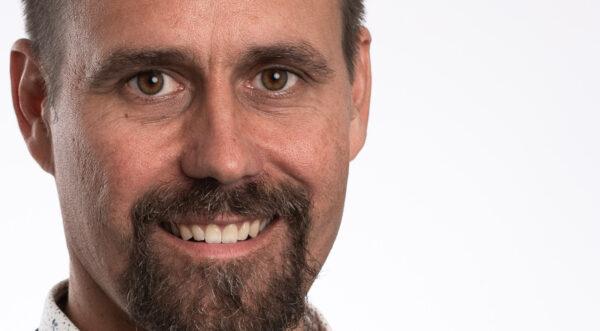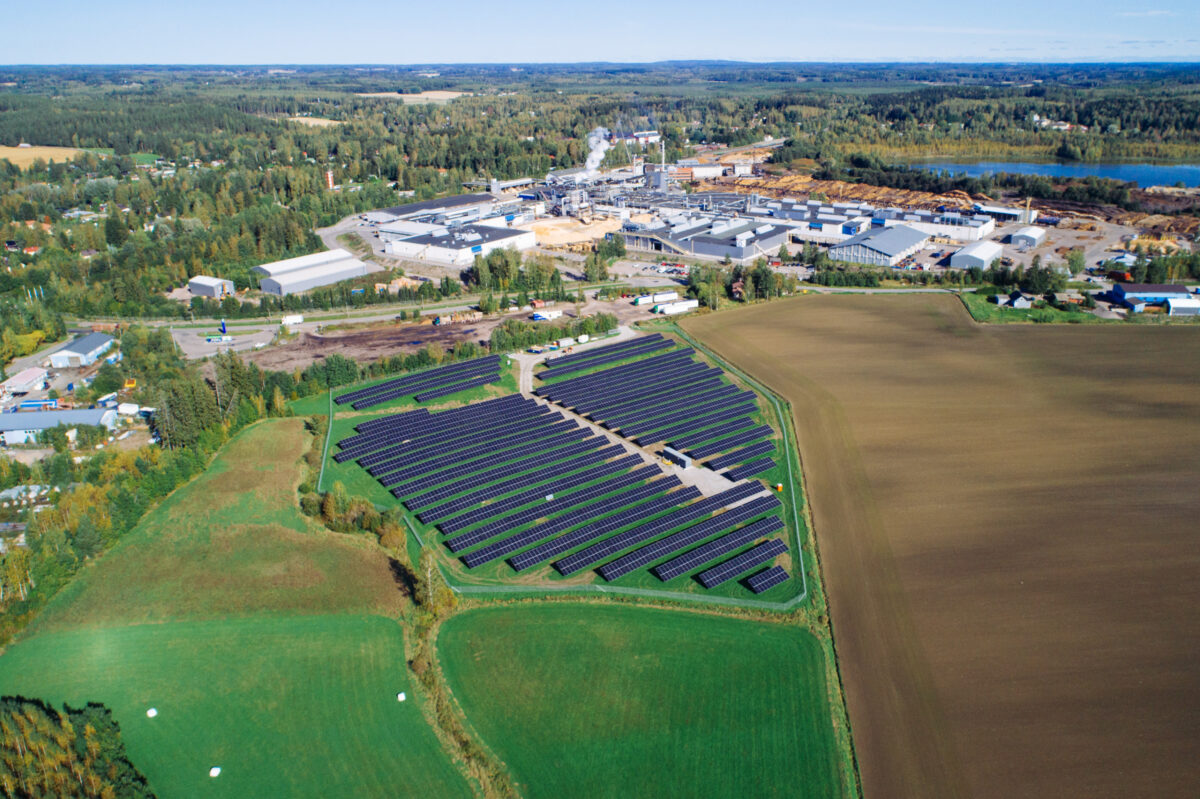Despite its geographical location, Finland offers significant solar potential. While it does not boast the same solar irradiance as sunnier climates, the sun shines for long hours during summer, compensating for dark winters. A combination of advanced technology, a stable grid, availability of land, predictable permitting processes, and growing demand for clean energy has created a unique opportunity for solar development in the country.

Image: Solnet Group
Finland has made impressive strides in solar technology. For example, Solnet Group has invested heavily in research and development, leading to energy storage possibilities and grid optimization. These advancements are critical for optimizing grid operation and stabilizing energy consumption. The number of utility scale projects is rising due to volatile fossil fuel energy prices. Finland increased its energy independence in the wake of the Ukraine war. With Russia as a neighbor, policymakers noted energy stood out as a sector ripe to be disrupted.
The commitment of both the Finnish government and its citizens to reach carbon neutrality by 2035 is a driving force behind solar's success. The government moved quickly to introduce policies and incentives to promote renewable energy, including tax benefits and subsidies for solar installations. Even with solar on the rise, however, there is still potential for more and Finland is not among the countries deploying solar the most, at least not yet.
When Solnet Group started implementing PV projects, in 2014, solar was not deployed much in Finland and was not as well-known as it is today. There was also not the demand present.
Finland's energy consumption is on the rise, driven by a growing economy and the electrification of sectors such as transportation and manufacturing. Solar power can enhance grid stability in Finland by providing a decentralized energy source and this can be especially beneficial during extreme weather conditions or unforeseen disruptions.
Developers vs. landowners
One of the intriguing aspects of Finland's solar boom is the scramble for land. Developers are racing to secure suitable sites for solar installations, often negotiating with landowners to reserve space. This competitive landscape reflects growing interest in solar projects across the country. Finland has ample unoccupied land but a significant portion of it is forested, prompting concern clearing sites could reduce the nation’s carbon storage capacity. Nevertheless, numerous solar projects could be deployed near property plots, on rooftops, or even on former peat land previously harvested for energy.
Amid increasing demand for clean energy solutions, new players have entered the Finnish solar market, especially in the consumer business. Many new entrants are eyeing quick returns on investment, hoping to capitalize on the solar rush. As Solnet has observed, however, that might not be the most feasible strategy. We consider that establishing long-term partnerships holds greater significance for sustaining business longevity.
While the enthusiasm for solar in Finland is undeniable, question marks hang over the viability of rapid, profit-focused development. The solar energy sector requires substantial investment and expecting quick returns may not align with the realities of the industry. Solnet has witnessed instances of early failures among those who entered the market solely with profit in mind.
Market conditions
Popular content
The market has experienced significant growth in the past year, primarily centered around on-site PV installations – rooftops and ground mounted. The outlook for solar is not entirely free of clouds, though. While demand is rising, electricity prices have fluctuated, affecting the economic feasibility of solar projects. The cost of financing PV sites has risen, due to elevated interest rates, and that can erode returns on investment, especially when projects are financed by borrowing. The electricity market in Finland remains volatile, making long-term forecasting and planning challenging.
While Finland has made commendable progress in solar development, the government has recently decided to halt subsidies for solar projects. Backing will instead be allocated to hydrogen projects. Rather than removing subsidies, the government should consider expanding the financial incentives for solar installation, making them more accessible to a broader range of businesses and homeowners. Supporting the industry remains imperative for the adoption of solar energy as PV will be the workhorse of the green transition. Incentives could include tax credits, grants, and feed-in tariffs.
Further simplifying and expediting the permitting process for solar projects would reduce administrative burdens and accelerate timelines. Implementing fair and attractive net metering policies would encourage greater adoption of solar by enabling users to sell excess electricity back to the grid at competitive rates. The government has also considered setting a price limit for electricity but if it is too low, it will remove the incentive to sell electricity to the grid, something which has stabilized the market.
Finland should collaborate with European Union policymakers to harmonize renewable energy targets, ensuring a unified approach to clean energy across the bloc’s member states. That could facilitate cross-border energy trading and bolster European solar. In addition to long-term planning, the Finnish government should consider more short-term objectives to support solar deployment.
Prospects
Amid the challenges, however, there are encouraging outcomes for Finnish solar. As a leader in the domestic market for commercial installations, Solnet has experienced a lot of opportunity. Solar projects yield an attractive return-on-investment and bring long-awaited stability to energy costs for customers. Solnet has started planning southern Finland’s largest solar park, together with Finnish investment company H.G. Paloheimo. Large-scale solar parks will be established in the region with solar panels planned to amount to 140 MWp of generation capacity.
The site’s investment value could reach €100 million ($109 million) and the project will be executed through a partnership model. The initiative involves preparing the solar parks for a ready-to-build phase, followed by construction led by Solnet Group. This approach ensures finance for the solar parks and secures future electricity buyers for the energy to be produced. The parties have also agreed on an option to incorporate new technology for electric grid balancing. More energy buyers and investors are being considered for future projects.
About the author: Kaj Kangasmäki is chief executive officer and co-founder of Solnet Group. Kangasmäki and Arttur Kulvik founded Solnet in 2014 to make an impact, with solar, on the climate crisis. Passionate about boosting the energy market transition using modern tools and digitalization, Kangasmäki has previously worked as a business lead in sales and project management in the IT sector, for TietoEvry. He has been chairman of the board of growth companies and has been recognized by “Wired” magazine.
The views and opinions expressed in this article are the author’s own, and do not necessarily reflect those held by pv magazine.
This content is protected by copyright and may not be reused. If you want to cooperate with us and would like to reuse some of our content, please contact: editors@pv-magazine.com.


It would nice to see opinions of experts in relation to the benefits or not of limiting domestic roof Solar installs to a 5kw inverter by the National Grid . Thus reducing Feed in Tarrif amounts and potential the number of panels on roof ??